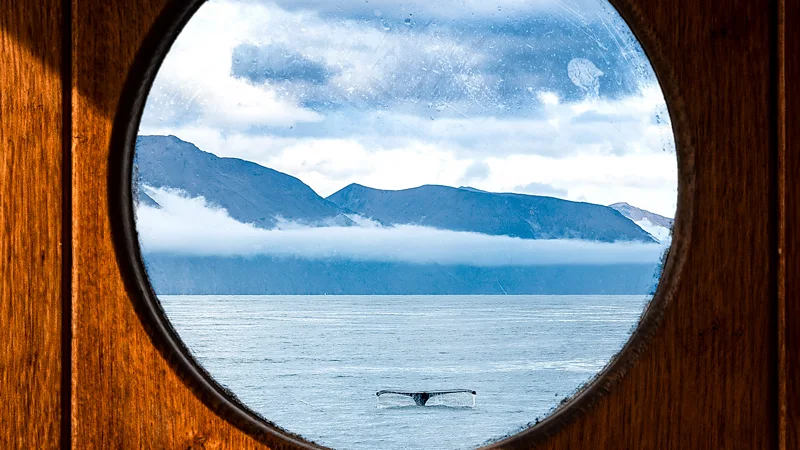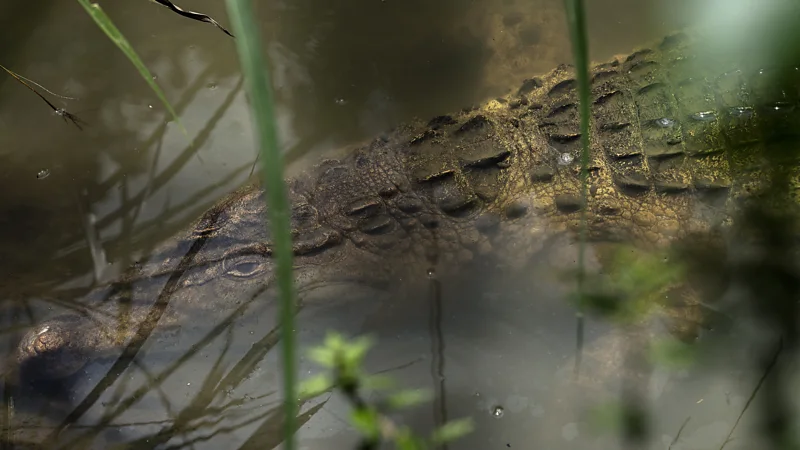Explore true Icelandic culture in the country's less-travelled north
This more remote part of Iceland offers visitors a deep dive into its fascinating history and authentic culture.

Iceland wasn't always the blockbuster travel destination it is today; in the early 1990s, the country saw just a little more than 130,000 visitors a year. By 2023, however that number had surged to 2.21 million, far outpacing Iceland's tiny population of around 380,000. Experts chalk it up to a mix of savvy marketing, social media virality and sheer natural spectacle. The 2014 #MyStopover campaign turned layovers into week-long adventures, flooding Instagram with images of steaming hot springs, glacier lagoons and volcanic black-sand beaches. Soon, Iceland was no longer just a niche destination for intrepid explorers; it was on every traveller's bucket list. But with soaring popularity came new challenges, pushing the country to grapple with the pressures of overtourism.
Most visitors touch down in the capital city of Reykjavik and make a beeline for the Blue Lagoon or the well-trodden Golden Circle. But as Iceland's tourism boom shows no signs of slowing, the country is looking for ways to ease the strain on its most popular spots. The conversation around overtourism has become impossible to ignore, and one solution is clear: encouraging travellers to venture beyond the usual highlights. The country's north, with its dramatic fjords and geothermal hotspots, offers a quieter yet equally spectacular alternative to the capital, with idyllic towns like Akureyri and Húsavík providing a gateway to breathtaking landscapes without the crowds.
Húsavík is the country's oldest settlement as well as its whale capital. The small coastal town was once known for its whaling industry, and indeed Iceland is still one of only three countries that allows commercial whaling. However, many former whale hunting boats are now being converted to whale watching vessels in an effort to attract more visitors.
"I've been told there's a 97% chance of seeing a whale on any trip you take here," said BBC Travel Show presenter Roma Wells. "Depending on what time of year you visit, you can see all sorts of different species."
That's because a variety of whales, including humpbacks, orcas and minkes, migrate through this area. In addition, many whale-watching vessels use electric rather than diesel engines, creating a quieter, more relaxing experience for both passengers and sealife.
The northern part of the country is also a great place to get a glimpse of Icelandic history and culture. Start in the town of Sauðárkrókur, around 200km west of Húsavík, visitors can explore 1238: The Battle of Iceland – a museum and virtual-reality experience that allows visitors to be a part of the renowned battle of Örlygsstaðir, which is recounted in one of the country's most famous Icelandic sagas. The exhibition also includes historical items from the 11th Century that provide tangible proof of the country's Viking past.
"Every generation has the responsibility to preserve history and to mediate it in a way that can be understood," said museum manager Freyja Rut. "I think we've come to the next step. We need to use technology to kind of make it more interesting."
Another piece of Iceland's history is its iconic turf houses. These grass-covered dwellings, inspired by Viking longhouses, blend seamlessly into the landscape like something out of a fairy tale. Built with wood and stone and insulated with thick layers of turf, they stand as a testament to the resilience of Icelanders who found ingenious ways to survive in an unforgiving climate. The north is home to some of the country's finest examples, including the Glaumbær turf farm, a cluster of beautifully preserved homes, and the striking Víðimýri Turf Church.
Sheep farming and knitting are also central to Icelandic heritage. The region's hardy, free-roaming sheep – believed to be direct descendants of those brought by Viking settlers – produce the wool used for Iceland's famous lopapeysa sweaters. Recognised worldwide for their warmth and distinctive circular yoke patterns, these sweaters are a living connection to Iceland's pastoral traditions that remain a cornerstone of rural life.
"Icelandic people only survived here because of the sheep," quipped Hélène Magnússonis, one of the country's leading knit designers.
Visitors interested in purchasing an authentic lopapeysa sweater should look for a label that says "Handknitted in Iceland" – a mark of quality that according to Magnússonis, often includes the knitter's name. Operators such as Green EdVentures offer tours where travellers can learn more about Icelandic life and practice their knitting skills with a local lopapeysa expert.
Along with the boost in tourism, Iceland has had to wrestle with environmental degradation and unsafe behaviours from visitors, such as taking selfies too close to active volcanic sites. In 2017, the country proposed the Icelandic pledge, which encourages responsible and considerate behaviour in visitors. The hope is that the combination of this pledge and the push to encourage visitors to explore more of the country will help Iceland remain on the top of everyone's visitor list, without further damage to the local ecosystem or culture.
-BBC







